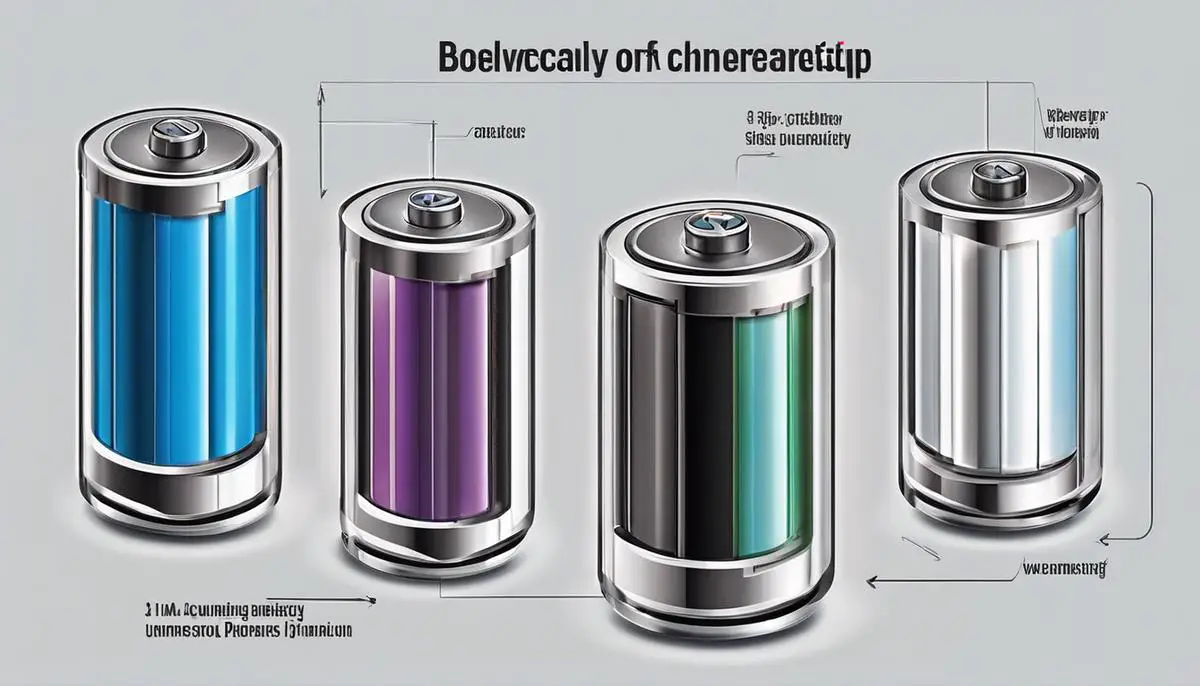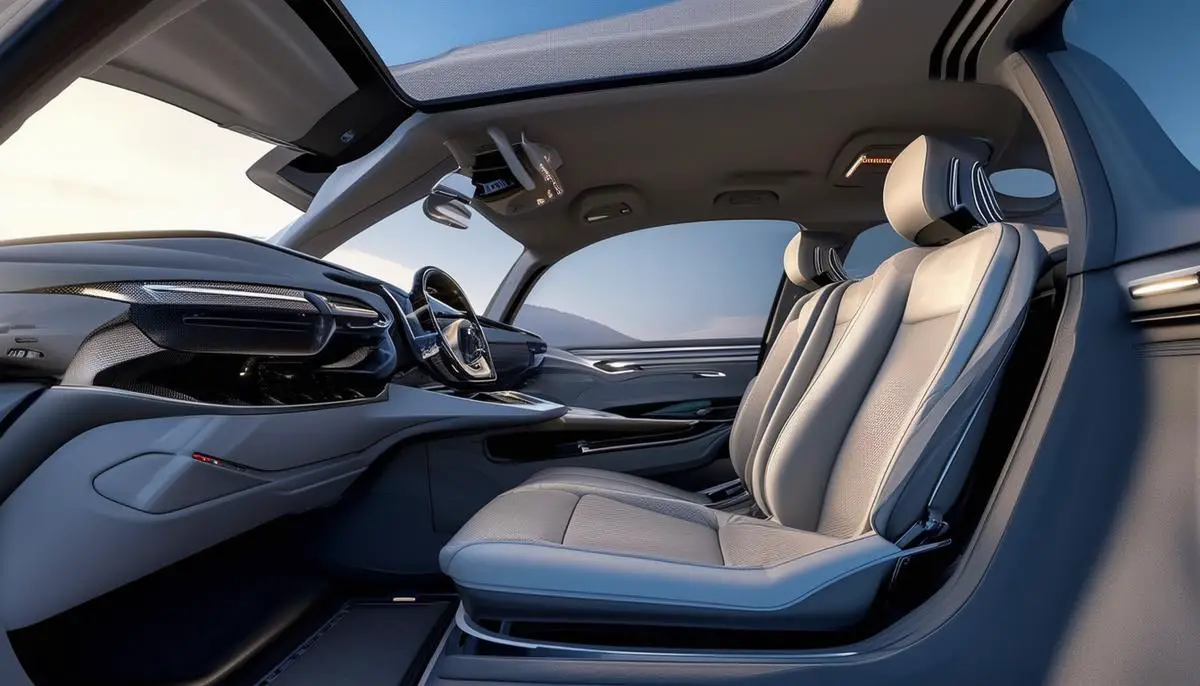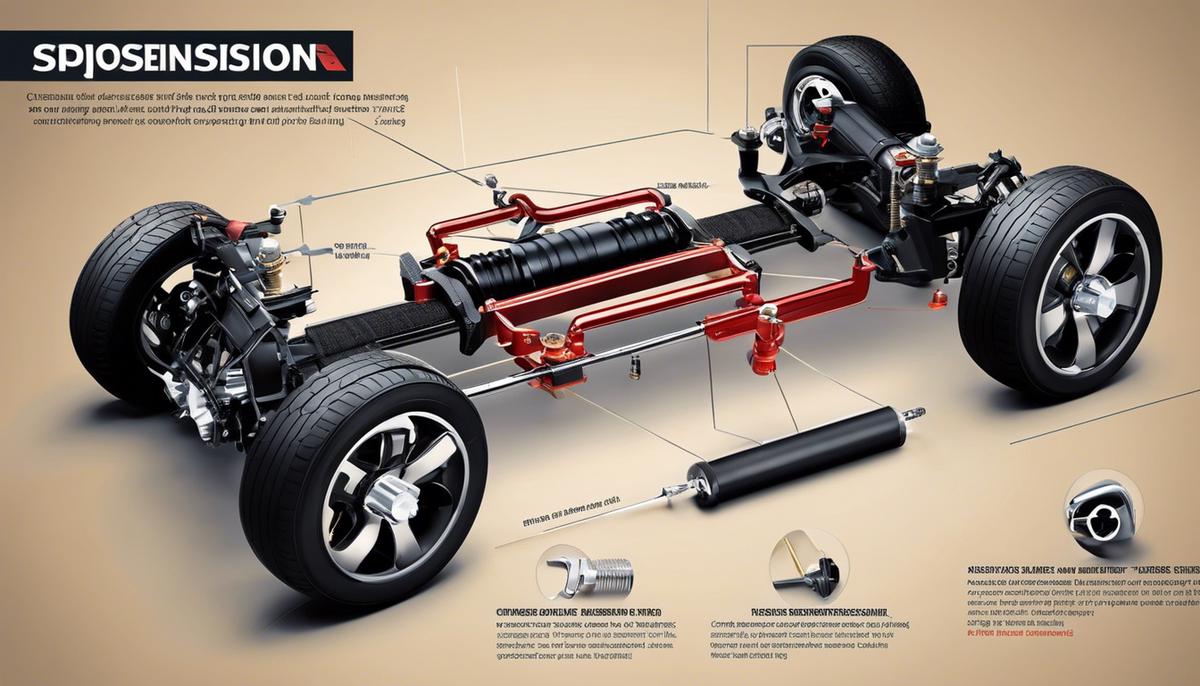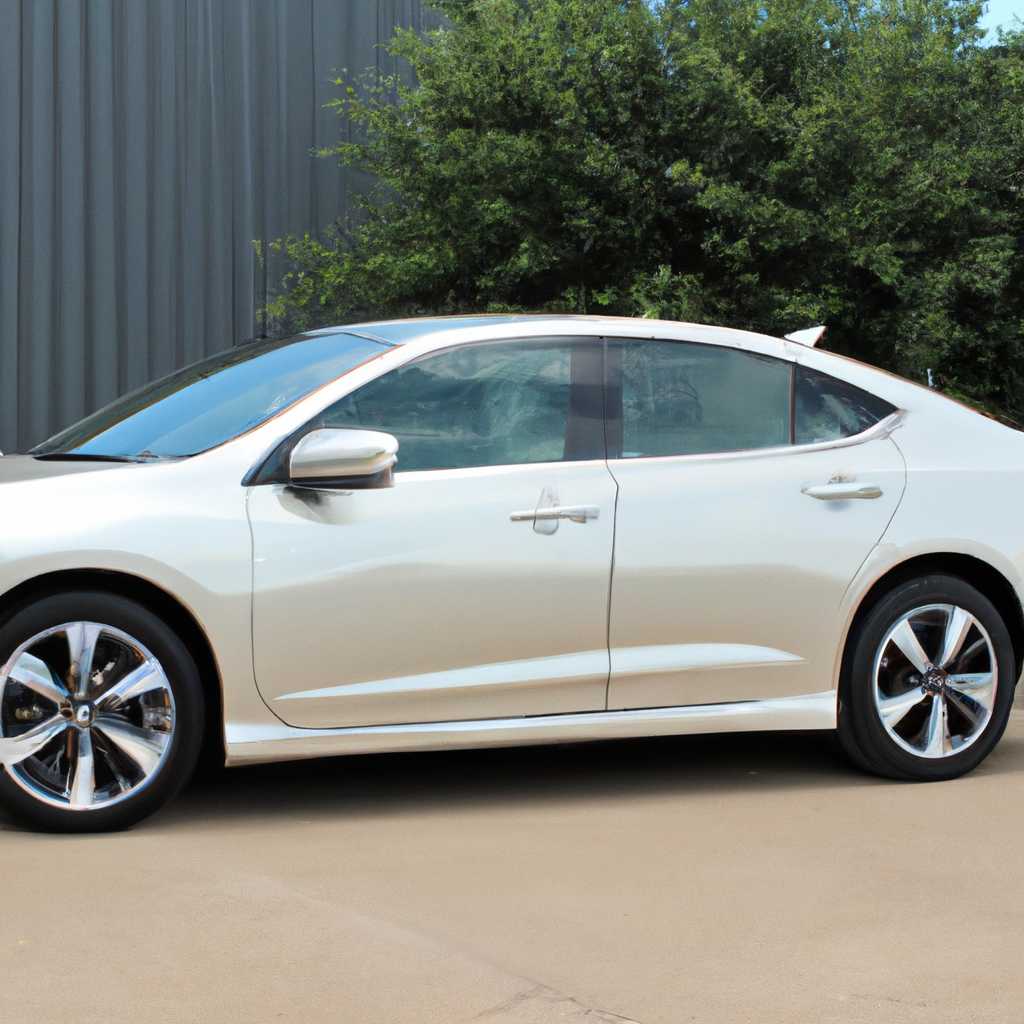As the world pivots towards more sustainable methods of transportation, electric vehicles (EVs) have emerged as a viable and environmentally-friendly option. Central to the functioning and performance of these vehicles is the battery capacity, a critical specification that potential buyers and users need to be keenly aware of. The battery capacity greatly shapes how an electric vehicle operates, including its range, power, and performance. Grasping the concept of battery capacity is therefore essential to understand the fundamentals of electric vehicles. This piece delves into the intricacies of battery capacity, variations between different electric vehicle models, its direct influence on range and vehicle performance, as well as future trends and optimization strategies.
Contents
Understanding Battery Capacity
Diving into the world of electric vehicles (EVs) is like exploring a whole new realm, packed full of exciting discoveries. One of those discoveries is “battery capacity,” the soul-stirring heart of every electric vehicle. It’s like the secret ingredient that transforms an ordinary dish into a Michelin star-worthy meal.
For newbies to the EV enthusiasts club, battery capacity may sound like another tech jargon term. Fear not, the concept isn’t as complicated as many think. As the title suggests, it’s all about how much electric energy that a battery can store. Imagine it as the size of a fuel tank in traditional vehicles. Just as bigger tanks hold more fuel, batteries with higher capacity can store more electricity.
The unit for measuring battery storage capacity is the kilowatt-hour (kWh), which represents energy consumption over time. The connection to electric vehicles is straightforward: the more kWh that a car’s battery can store, the further that car can travel on a single charge.
Fancy talk aside, why is this so vital for electric vehicles? Why can’t we just have more small-capacity batteries? Simply put, luminary electric vehicles rely heavily on their batteries, just as marathon runners depend on their stamina.
You can have a vehicle with the most advanced technologies, but with a low-capacity battery, it’s like a cheetah with asthma – full of potential, but unable to shine. The greater the battery capacity, the more range the vehicle can achieve, reducing the hassle of frequent charging and boosting confidence in long trips.
Directly related to the range (how far the vehicle can travel without recharging), battery capacity has a strong influence on vehicle efficiency, economy, and overall performance. Think about it as the magic that brings the vehicle to life without dependence on traditional fuel sources.
Overall, battery capacity is like the finely tuned engine of an electric vehicle, powering it to go the distance, literally and figuratively. From the top of the line Tesla models to more affordable EVs from Nissan, Ford, or Hyundai, the battery’s capacity plays a crucial role in determining how far and how efficiently these electric marvels can run.
Deciphering battery capacity and its importance is just the beginning. Unleash the exciting world of electric vehicles, where every new piece of knowledge leads to a fascinating discovery, and prepare to be amazed by how technology is changing the face of conventional transport, making it cleaner, more efficient, and more exciting. Let’s keep pace with this electrifying revolution! And remember, the future is not just electrified, it’s also battery-powered.
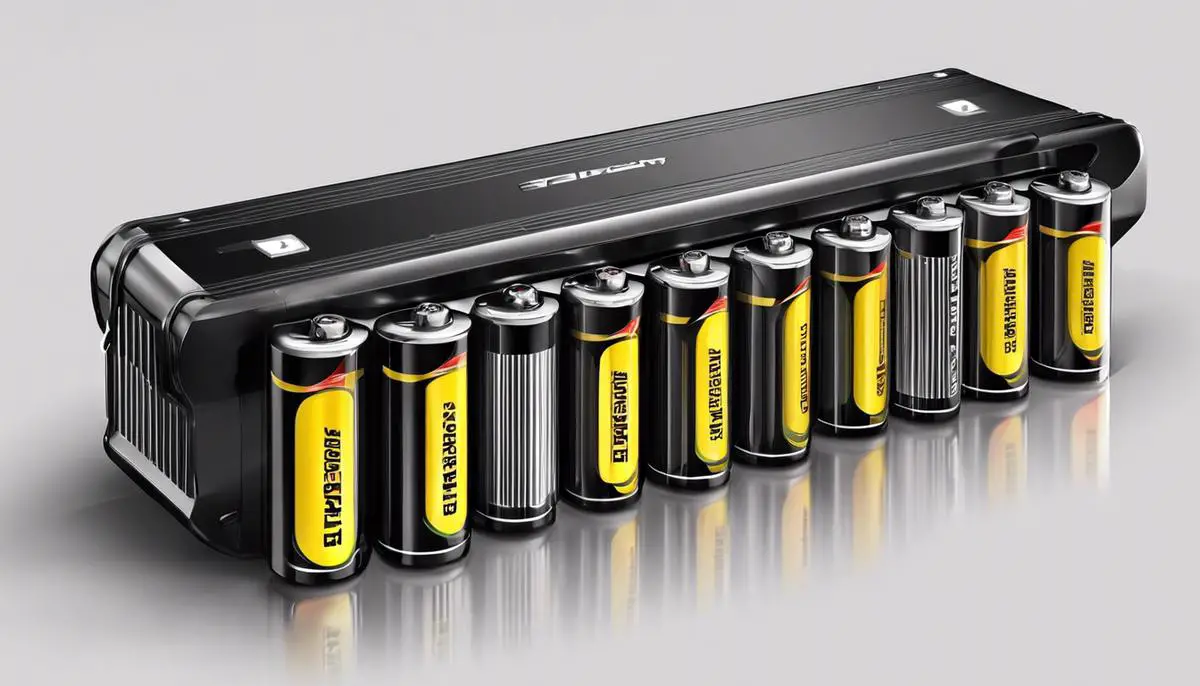
Variations in Battery Capacity
(Title) Delving Deeper into the World of Electric Vehicles: Exploring Variations in Battery Capacity
Just as the heart fuels the body, a battery is the life engine of an electric vehicle, siphoning out energy to its different parts. However, battery capacity of electric vehicles differs among various makes and models, just like humans’ heart efficiency varies from person to person.
Battery capacity in electric vehicles can be influenced by several factors. This could partly explain why your friend’s e-car cruised farther on a single charge than yours did, even though both vehicles started with a full charge.
One of the main determinants of battery capacity is the actual physical size of the battery. Going by the basics of physics, the larger the battery storage space, the larger the volume of lithium cells it can hold. It’s like having a bigger backpack; you can fit in more stuff. Likewise, higher number of lithium cells translates to more power and a greater driving range on a single charge. Bigger batteries are typically found in more expensive models- Tesla models S and X come with 100KWh batteries, while the more affordable Nissan Leaf features a 40KWh battery pack.
The type of lithium cells employed within an electric vehicle’s battery also contribute to its capacity. Variations of lithium elements are employed by different manufacturers and these variations in composition can influence the amount of power the battery can hold. Nickel-Cobalt-Aluminum (NCA) and Nickel-Manganese-Cobalt (NMC) are two of the most commonly used lithium-ion cell types. NCA cells generally have higher energy density and, therefore, capacity- which explains why Tesla has them packed in their batteries.
Another significant factor that comes into play is the efficiency of the battery Management System (BMS). This ingenious piece of technology controls the manner in which the battery dispenses its power over the course of a trip, and significantly affects the electric vehicle’s battery capacity. Think of it as a strict babysitter that carefully monitors and controls the children’s activity ensuring they don’t burn out too early. A highly efficient BMS can extend the driving range of an electric vehicle, irrespective of the size of its battery.
In addition to these, the vehicle’s powertrain efficiency, driving style, maintenance, weather conditions, and even the age of the battery itself can also impact the battery capacity.
To sum it all up, the battery capacity in electric vehicles is influenced by an array of factors. While some factors like battery size, lithium cell type, and BMS efficiency are inherent to the design and make of the vehicle, others like driving habits and weather conditions are largely external influences. So the next time your EV seems to run out of juice quicker than a similar model, remember that it could be down to differences in these factors. Who knows? Maybe understanding these subtle nuances might even help you squeeze out a few extra miles from your beloved electric drive. Happy motoring!
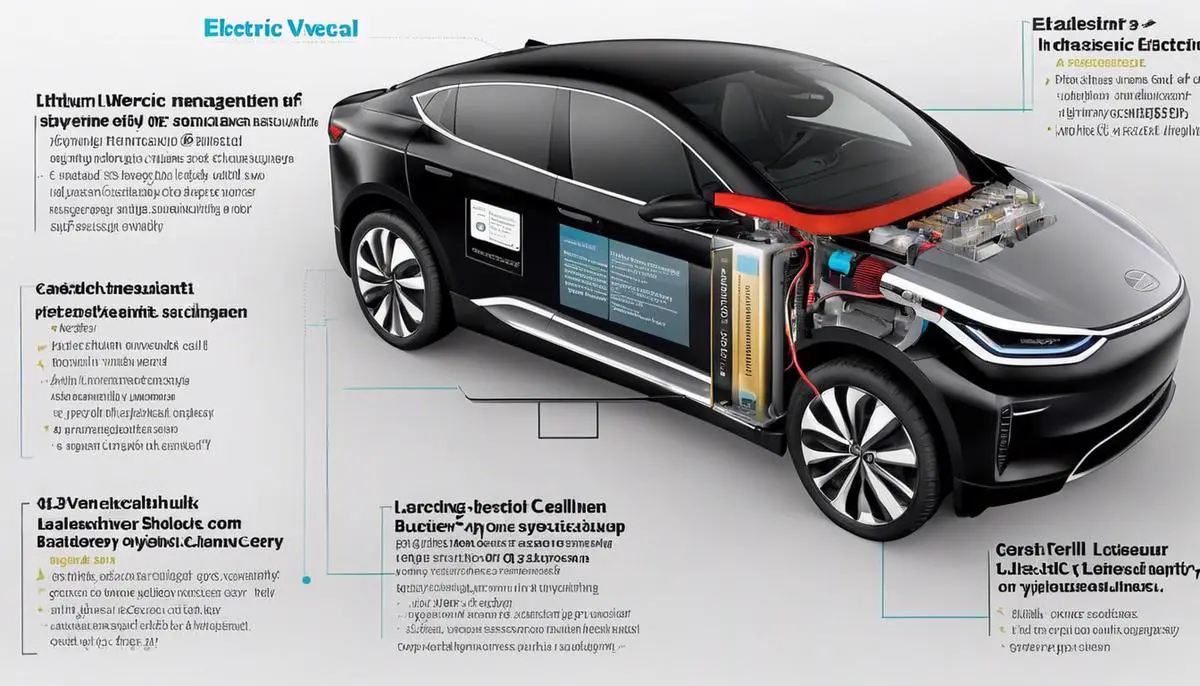
Influence of Battery Capacity on Range
Moving ahead in our journey around electric vehicle batteries, we now focus on what factors play a winning hand in influencing battery capacity and, subsequently, the driving range of electric vehicles (EVs).
Dwarfing in the physical size of the battery plays a significant role in determining its capacity. It may ring bells of reminiscence about ‘the bigger, the better’ notion. Embracing more space in the car, primarily beneath the floor, allows for an increased number of battery cells and modules. This in return, boosts the vehicle’s total energy storage or battery capacity. However, it’s not always as black and white. Vehicle designs and size limitations mean that optimizing battery arrangement is no less than solving a 3D jigsaw puzzle.
Peeling back on lithium-ion batteries – the heart of electric vehicles – reveals a vast world of types and variants, each having its knockout punch on battery capacity. Lithium iron phosphate (LFP), lithium nickel manganese cobalt oxide (NMC), and lithium nickel cobalt aluminum oxide (NCA) are among the top contenders. Each variant has unique strengths, weaknesses, and effects on the battery’s energy storage. Real-world application pairs various passenger with NMC or NCA due to their high energy density, while LFP is the choice for commercial EVs for its life cycle benefits.
The maestro directing this orchestra of cells and modules is the battery management system (BMS). It’s not only an energy gatekeeper, regulating the battery’s charge and discharge, but also a health overseer, maintaining optimal temperature and voltage. Essentially, BMS ensures that the battery harnesses the maximum energy possible without compromising its lifespan or safety.
However, it’s not just the under-the-hood factors that contribute to battery capacity. While the infrastructure and technical specks are undeniably paramount, living-room elements also come into play. Your driving style, for instance, directly impacts an EV’s range. Generally, slow and steady wins the range race. Consistent speeds without rapid acceleration or braking aid in preserving energy. Vehicle maintenance also can’t be ignored. Properly inflating your tires and regular maintenance can significantly optimize energy use.
Meanwhile, the weather outside is frightful for EV batteries. Cold weather can reduce their efficiency and capacity. Batteries prefer a ‘Goldilocks’ temperature, not too hot and not too cold. In winter months, warming up the car while it’s still plugged in can help conserve energy. Similarly, in hot weather, parking in the shade or a garage can prevent excess battery drain.
Last but not least, ‘Father Time’ leaves no one untouched, including EV batteries. As they age, their ability to hold a charge gradually diminishes, thereby decreasing the range. Fear not, however. With proper care and maintenance, the impact of aging on battery performance can be significantly mitigated.
In conclusion, range isn’t simply a virtue of the battery size or type used in an EV, but rather, a sweepstakes where multiple factors have a say. Recognizing and optimizing these variables can help maximize an EV’s performance, ensuring they continue to race ahead in the transportation world. Just remember, when it comes to electric vehicles and batteries, knowledge truly is power.

Battery Capacity and Vehicle Performance
In the world of today where the future of transportation teeters towards sustainability and eco-friendliness, electric vehicles (EVs) arise as promising green alternatives to fossil fuel driven modes of transport. One critical factor that significantly impacts the performance of these magnificent machines is the battery capacity. Expanding our understanding about battery’s on-page persona beyond being an electrical-equivalent of a conventional fuel tank for a petroleum driven car, let’s delve into its wider implications.
Comparing an electric vehicle to an athlete, battery capacity represents the lung capacity of a runner; the larger it is, the longer the distance could be covered without needing to recharge or refuel. Here, the range turns out to be the Achilles heel of electric transport. Hence, having a potent battery leaps over this hurdle, enabling the vehicle to go extra miles.
An important clarification to make here is about the unit of measurement for battery capacity, kilowatt-hour (KWh). This measure is similar to the more familiar litre or gallon used for conventional vehicles. Just like the larger volume of a fuel tank means more fuel to burn and hence longer the vehicle can drive, a larger battery capacity means it can store more electricity, hence allowing the EV to drive longer between charges.
The battery capacity is also essential to the efficiency of an EV. Picture this, a compact cheetah with asthma against a mammoth elephant. Both are impressive creatures, yet one is inherently held back by the capacity to breathe. Similarly, a powerful electric motor can be compared to the might of an elephant, but, if paired with a small-capacity battery, it’s like that cheetah struggling for that next breath of air.
Let’s take a few examples to illustrate these points. Take Tesla Model S Long Range for instance, it boasts a battery capacity of 100 kWh which gives it an astounding range of up to 402 miles, a figure a considerable number of conventional vehicles fail to achieve. On the other end, the Nissan Leaf with its battery capacity of 40 kWh delivers a much smaller range of around 149 miles.
Unleashing the electrifying revolution in transportation, manufacturers are persistently working on innovative technology to increase battery capacity without proportional rise in weight and cost, thus maximizing its viability, sustainability, and accessibility.
In conclusion, battery capacity is vastly significant to an electric vehicle’s overall performance. Larger the battery capacity, the higher the range, the more efficient the vehicle, and the better the overall performance. The electric revolution rides on the wheels of robust batteries, heralding a future where range might not even be a discussion point any longer. So, while the industry continues to evolve, it’s clear – the power of the EV future hinges on battery capacity.

Battery Capacity Optimization and Future Trends
Understanding battery improvements and how they are shaping the future of electric vehicles is fascinating. There are some key developments that are worth delving into to fully grasp the exciting potentials. Firstly, advances in battery technology make a considerable difference. Labs worldwide are tinkering with elements like Silicon, Lithium, and other experimental materials to develop cells that can hold more energy and charge faster. Think of it like upgrading the sponge in your kitchen, suddenly it can soak up more water, quicker than you ever thought possible! We’re not there yet, but progress marches on!
Next, there’s the concept of solid-state batteries. What are they? In simple terms, they’re batteries that use solid electrodes and a solid electrolyte. Unlike conventional lithium-ion batteries that use liquid or polymer gel electrolytes. Why does this matter? Hold your hats folks, these babies promise higher energy density (more kWh per ton), faster charge times, better safety and a longer lifespan.
In addition, energy density isn’t only about the kind of cells in a battery. It’s equally important to make the best use of the space inside the battery pack – this is called ‘pack-level’ energy density. This is where creative engineering comes into play – cramming more cells into each pack, eliminating wasted space, and using conductive materials that take up less room. Volkswagen’s “prismatic cells” and Tesla’s “battery day” announcements give a glimpse into this ingenious design artistry that can lead to better capacity utilization. Bingo, more mileage on the same footprint!
Furthermore, recent advances like ‘fast charging’ technology are reducing charging times significantly, aiming to make recharging an EV battery as quick and convenient as filling up a gas tank. The keyword is ‘a work in progress,’ but the direction is exciting – imagine a highway road trip with a dunkin donuts stop that powers up you AND your beloved electric steed!
Lastly, the advent of battery swapping infrastructure is an exciting development particularly highlighted in China. This concept translates to drivers swapping their depleted batteries for fully charged ones in a matter of minutes! Say goodbye to range anxiety folks!
Looking ahead, above and beyond just the battery, there are countless small improvements on the horizon that can help optimize the way an electric vehicle uses battery power – from more efficient motors and electronics to aerodynamic design, low-resistance tires, and lighter materials.
In conclusion, the future is bright (as long as you aren’t a barrel of oil), and the ones exploring the electrified terrain today are true pioneers in this thrilling engineering frontier. The curiosity and perseverance of these individuals fuel the industry’s acceleration, making battery improvements a hot space of innovation. So, charge on and keep exploring, because the journey is just beginning!

As we hurtle towards a future where renewable energy and electric vehicles dominate, it’s clear that battery capacity will continue to be a critical aspect determining the performance and viability of these vehicles. It’s about so much more than just how far a car can travel on a single charge — it also influences power, acceleration, and charging times. The advancements in technology, the relentless pursuit of optimizing battery capacity, and industry trends all point towards more efficient, powerful, and high-performing electric vehicles. With a good grasp of the role and implications of battery capacity, we will be better equipped to appreciate and navigate this future landscape.
